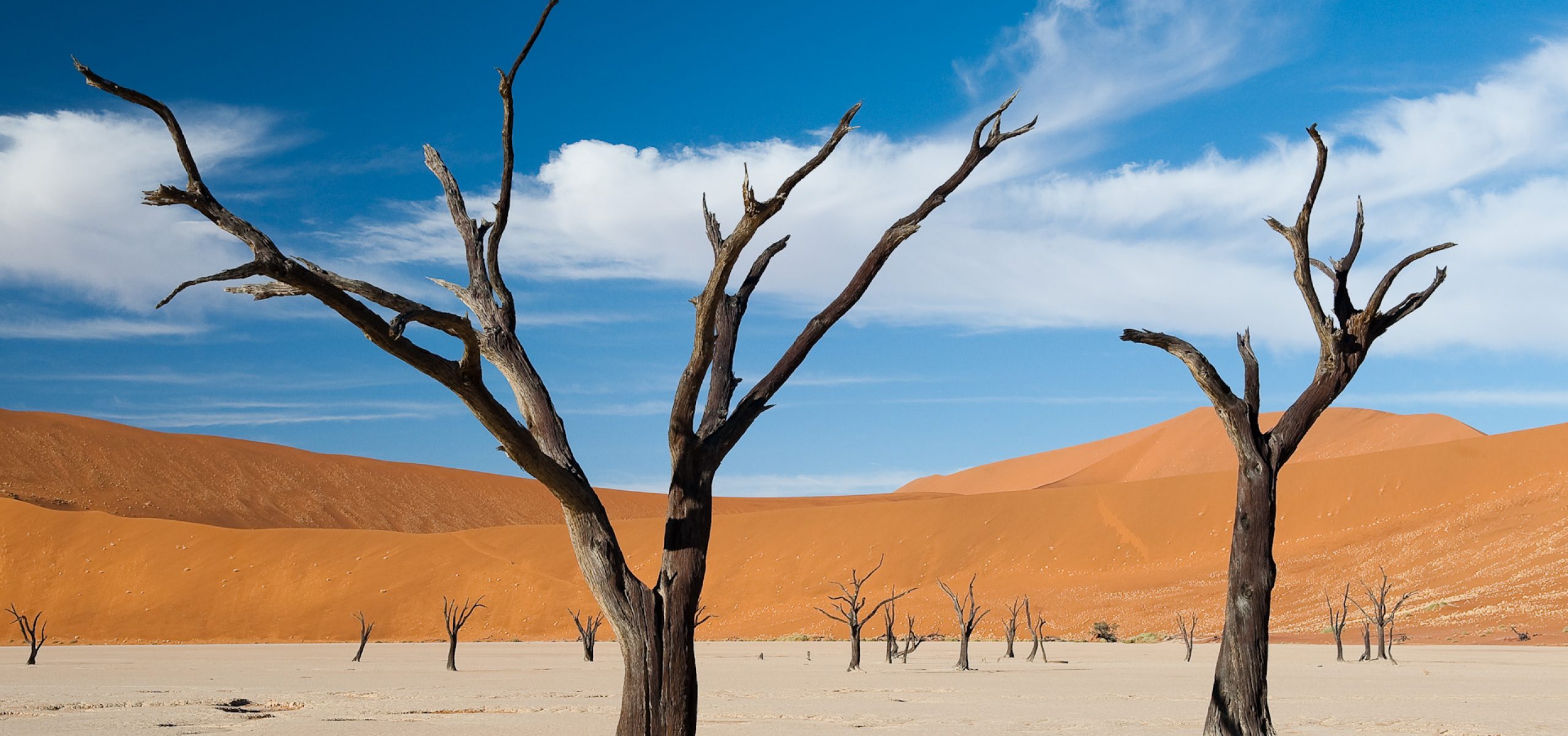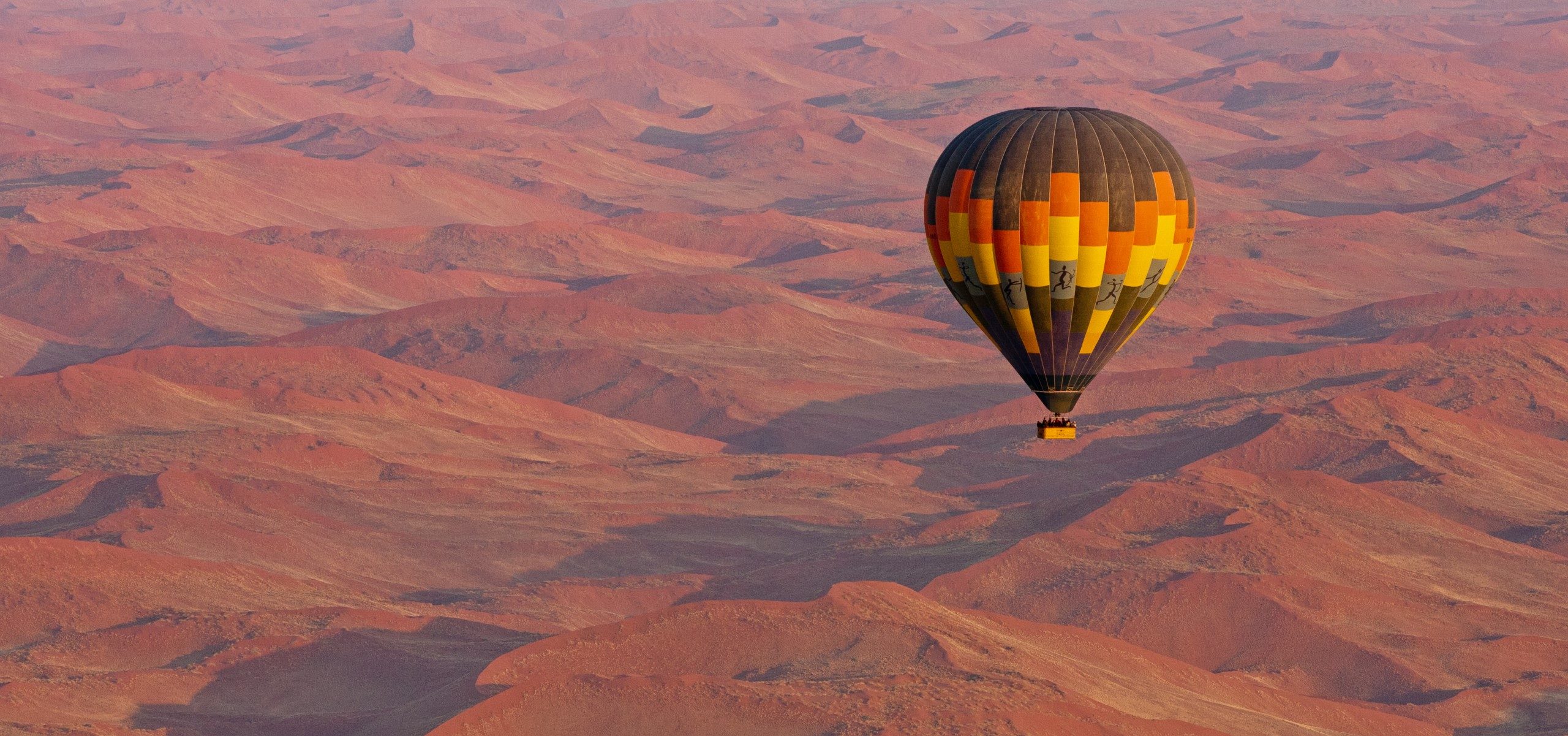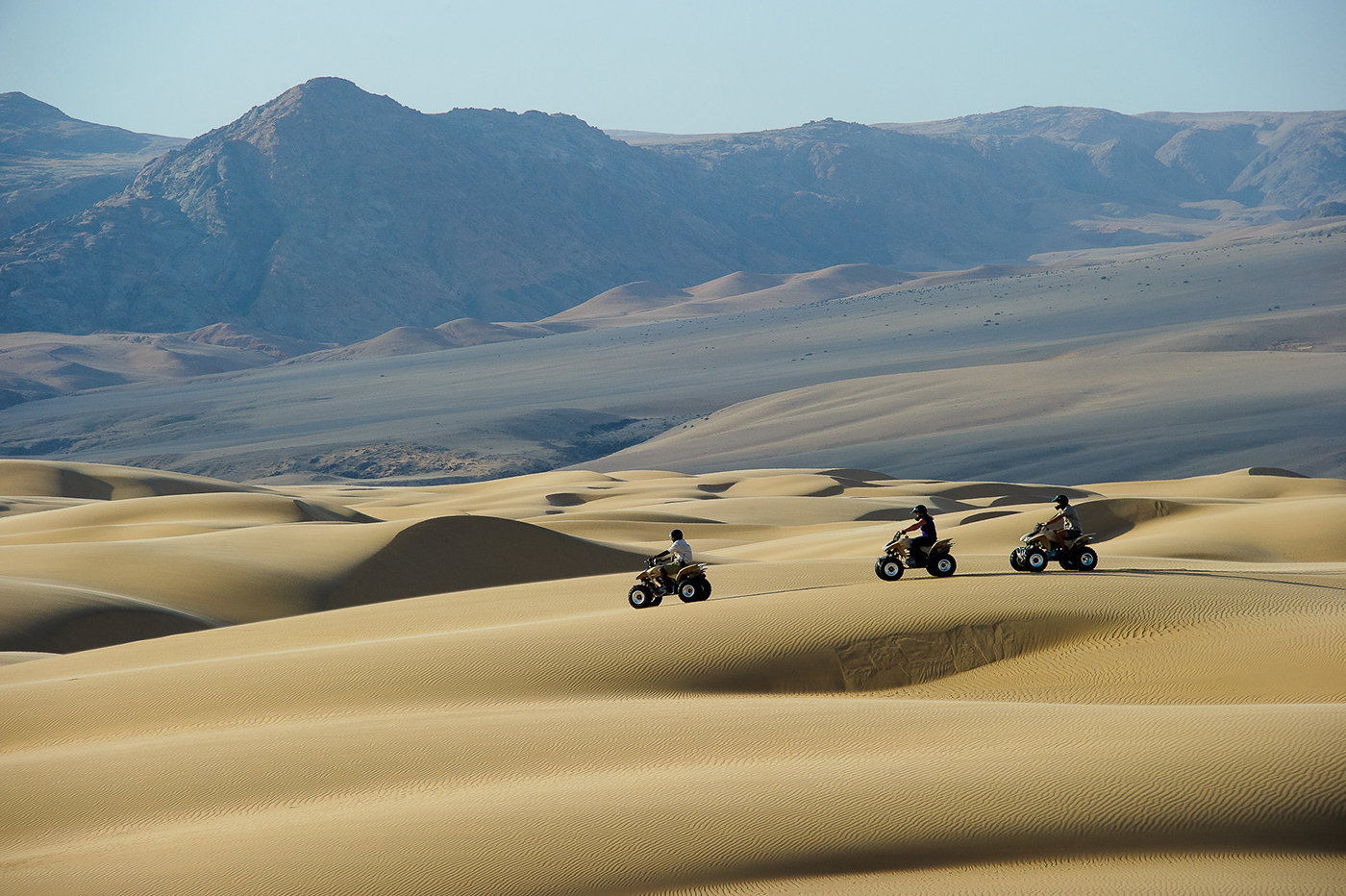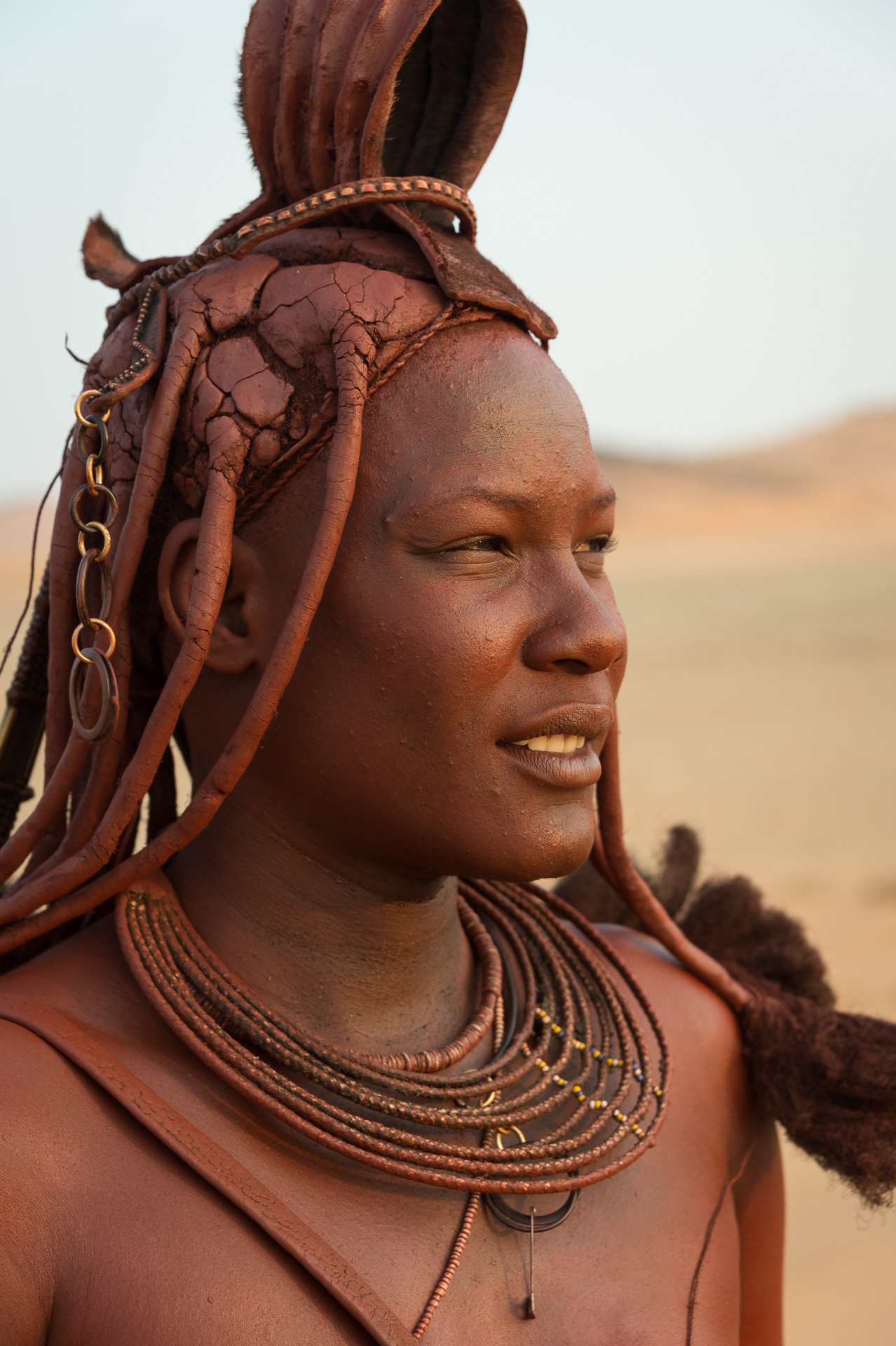





With a well-developed infrastructure, moving around Namibia becomes easier, making the exploring of his bounds all the more enjoyable. From the capital of WIndhoek, we venture out to the stark wild. Central Namibia itself is speckled with charming towns, deserts and wildlife reserves-the latter we uncover on our safaris, observing the animals in their natural habitat-elephants, rhinos and, cheetahs, whose largest world population if found in Namibia alone. The country is also home to diverse ancient cultures that have endured the sometimes harsh conditions of this magical land. After its colonisation by the Germans in the 18th Century, vestiges still remain in the form of architecture, culture and cuisine. The country still celebrates Oktoberfest, for one, and preserves well the Gothic cathedrals in the picturesque town of Swakopmund. In Namibia, the deserts extend to the sea, creating over 2,000 kilometres of gorgeous sand-swept landscape. Walk along the twinkling salt pans in the basin of the Kalahari, and the barren landscape echoes that of the Skeleton Coast, where animals bones and decayed ships are strewn across sand dunes. A journey to Namibia is transporting, teaching, and otherwordly.

The Namib Desert is the oldest desert in the world, and in it's heart lies Namibia's most iconic region: Sossusvlei. Towering red sand dunes rise as high as skyscrapers and stretch across the landscape against a backdrop of clear blue skies, making this one of the most scenic natural wonders of Africa and a photographer's paradise. Located further into the desert is Dead Vlei, an old clay pan characterised by the eerie skeletons of ancient camelthorn trees which lie dotted along the bleached-white pan floor. While game viewing is not abundant, those that do inhabit the area include desert-adapted specialists such as oryx, springbok and ostrich, who survive in this stark wilderness.







Amala Travel
TA License: TA02145